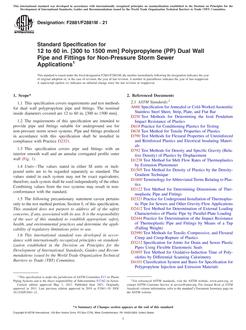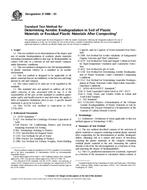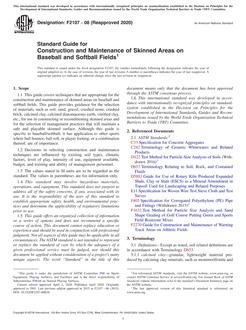1.1 This practice covers the introduction of a foreign substance into mammalian body that may induce the formation of an immune response. The immune response may lead to inadvertent tissue damage and be an undesirable event. In the standard protocols for biocompatibility testing, various studies in animals are done. These animals or their blood and tissues could be used to determine if immune responses have occurred and what types have occurred. At the current time, the immunologic testing in biocompatibility protocols is very limited. Techniques can be developed in the future which are simple, reliable, and sensitive.
1.2 It is the purpose of this practice to delineate some possible test methods. It must be remembered that these are protocols for use in biocompatibility testing, they are not diagnostic tests for evaluation of human conditions. Diagnostic test for use on humans must go through evaluation at the regulatory agencies. The tests described here are clearly adaptable for use in humans and can be used for research purposes and provide data in clinical trials, but are not necessarily cleared for diagnostic purposes. This practice presents selected methods. Other validated methods may be equally applicable.
1.3 The values state in SI units are to be regarded as the standard.
1.4 This standard does not purport to address all of the safety concerns, if any, associated with its use. It is the responsibility of the user of this standard to establish appropriate safety and health practices and determine the applicability of regulatory limitations prior to use.
Product Details
- Published:
- 11/01/2003
- Number of Pages:
- 5
- File Size:
- 1 file , 42 KB


